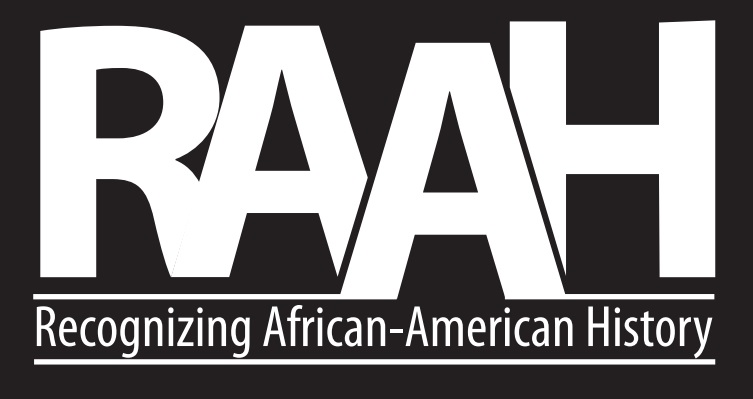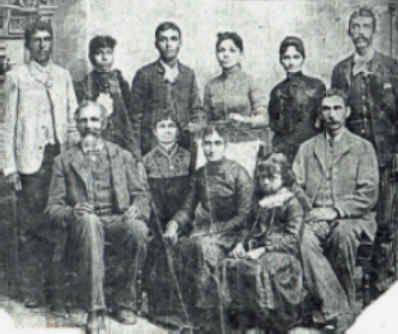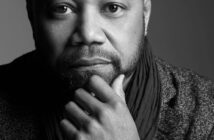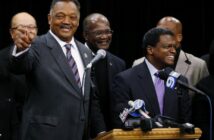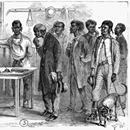
The Free African Society was founded in Philadelphia in April 1787, the first black religious institution in the city. The leaders were Richard Allen and Absalom Jones, free blacks whose goal was to create a non-denominational religious organization to serve the spiritual, economic and social needs of Philadelphia’s African-American community.
In 1794, Jones would found an Episcopal church, and Allen would found a Methodist church; the formation of independent black churches was a key legacy of the Free African Society. Other leaders, all free blacks, were Samuel Baston, Joseph Johnson, Cato Freedman, Caesar Cranchell, James Potter and William White.
The treasurer and clerk of the FAS was Joseph Clarke, a European-American Quaker, and the Society intended to continue to use Quakers for this position.
The Free African Society (FAS) developed as part of the rise in civic organizing following American independence in the 1776-1783 Revolutionary War; it was the first black mutual aid society in Philadelphia. The city was a growing center of free blacks, attracted to its jobs and other opportunities.
By 1790, the city had 2,000 free black residents, a number that continued to increase. In the first two decades after the war, inspired by revolutionary ideals, many slaveholders freed their slaves, especially in the Upper South. Northern states largely abolished slavery. Numerous freedmen migrated to Philadelphia from rural areas of Pennsylvania and the South; it was a growing center of free black society.
n addition, their numbers were increased by free people of color who were refugees from the Haitian Revolution in Saint-Domingue, as well as fugitive slaves escaping from the South.
Richard Allen, a Methodist preacher, and Absalom Jones rejected the second-class status blacks were forced into at their white-dominated Methodist church. As their numbers had increased, the church congregation had built a gallery where it asked them to sit separately from the white congregation.
The men and their supporters wanted to create an independent group to meet African-American needs. They designed the Free African Society as a mutual aid society to help support widows and orphans, as well as the sick or unemployed. They supported the education of children, or arranged apprenticeships if the children could not attend one of the free schools that were developed.
The FAS provided social and economic guidance, and medical care. It also helped new citizens establish their new sense of self-determination. While teaching thriftiness and how to save to build wealth, it became the model for banks in the African-American community. It sought to improve the morals of its members by regulating marriages, condemning drunkenness and adultery.
Working with the city, it acquired land at Potter’s Field for a burying ground; it began to perform and record marriages and also to record births for the people of its community.
To encourage responsibility and create a common aid fund, the FAS asked members to pay dues of one shilling per month. If they failed to pay dues for three months, they were cut off from the society, no longer able to share in its benefits.
The dues collected were the fund for the community service projects that the FAS organized. Among these was a food program to help support the community’s poor and widowed.
